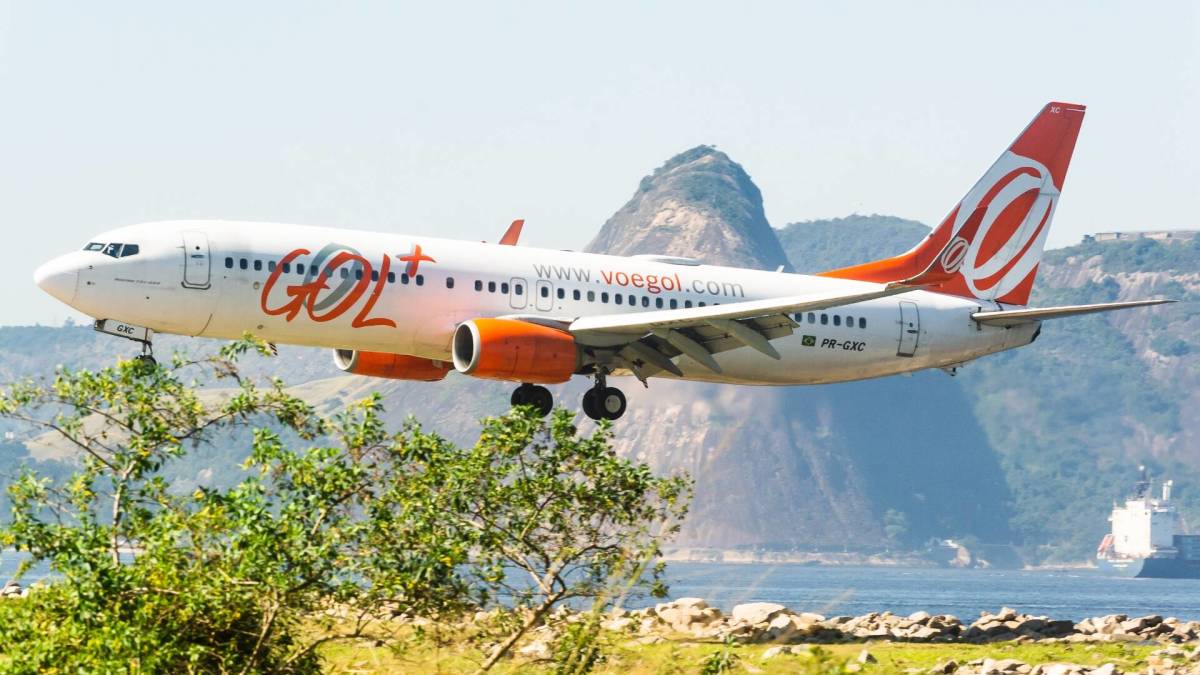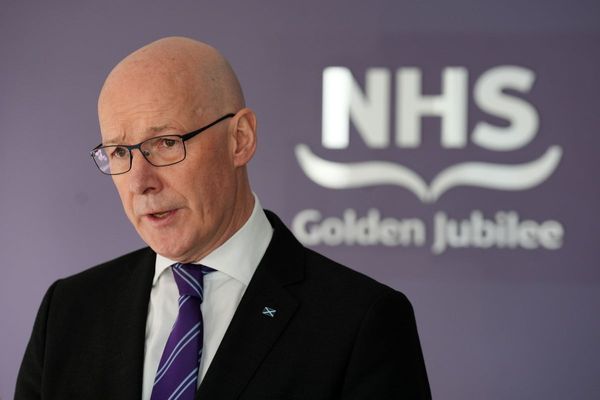
At the start of 2024, Brazilian low-cost carrier GOL Linhas Aéreas Inteligentes (GOL) announced that it was filing for Chapter 11 bankruptcy. While the airline has no shortage of travelers, it had been struggling to make a dent in the $4.11 billion it amassed in debt by leasing planes as it waited for delayed Boeing (BA) deliveries (as the aircraft maker faces an investigation into its safety practices, this issue of delayed production has affected the entire industry.)
By working out a plan to take in $950 million in debtor-in-possession financing from its creditors, GOL was able to file for bankruptcy while continuing operations and not making any significant route cuts.
Related: Major airline files for Chapter 11 bankruptcy
On May 27, GOL leadership announced a five-year plan that would help the airline emerge from bankruptcy and continue running in the long term.
Airline 'successfully renegotiated agreements' that allow it to continue running
In a securities filing filed in New York State, the airline said that it has received $1.5 billion in capital injections through issuing new shares and refinancing $2 billion in current debt. While this move will allow the airline to survive, it warned that such actions will mean it is "highly likely" that its shares will hit "minimal value upon emergence" from bankruptcy. GOL stock dropped as soon as the news was announced and is currently down nearly 10% at $0.56 USD.
More on retail and bankruptcy:
- Walmart store closing, auctioning off laptops and flat screen TVs
- Home Depot CEO sounds the alarm on a growing problem
- Famous restaurant files for Chapter 11 bankruptcy
"We are pleased to reach another important milestone in our financial restructuring process," GOL CEO Celso Ferrer said in a statement. "Since the beginning of this process, GOL has continued to operate without interruptions, demonstrating solidity in executing our commercial strategy and cost management. We have successfully renegotiated agreements with our lessors for most of our aircraft and are investing in our engines and expanding our operational fleet."
Related: Another airline strands passengers as it files bankruptcy
GOL stock is still tanking on the news (here is why)
Other elements of GOL's five- and ten-year plans include launching new flights and marketing the airline so that it can return to pre-pandemic capacity by 2026 and growing its fleet from the current 138 planes to 169 planes by 2029. It has already ordered or committed to ordering 88 planes (some of the old ones will be taken out of commission by 2029) — 63 Boeing 737 MAX 8s and 25 Boeing 737 MAX 10s.
The carrier is also banking on the hope that current tough times will wear out in the hopes of later rebound. It expects its EBITDA (earnings before interest, taxes, depreciation, and amortization) margins to drop from 27% to 23% in 2024 before growing to 29% in 2025, 30% in 2026 and 34% in 2029.
GOL's downward trajectory on the stock exchange shows that not all investors are convinced this plan will get Brazil's second-largest airline by passengers served to where it needs to be to be sustainably profitable.
In the same filing, GOL said that it was also looking at "any viable, competitive alternative transactions, including opportunities presented by potential sources of equity and debt capital" to avoid such drastic capital injections measures.
"While GOL anticipates a successful exit financing process, there can be no assurance that the process will result in any transactions," the airline added.
Related: Veteran fund manager picks favorite stocks for 2024







